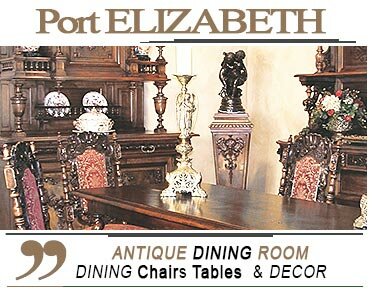Welcome to South Africa's number one antique furniture shopping destination! Find beautiful vintage home decoration in the leading antiques of Cape Town, Johannesburg, Durban, Pretoria, and more. Locate the leading antique furniture stores and grab the best deals! Buy sophisticated an unique furniture for your bedroom, living room or dining area!







